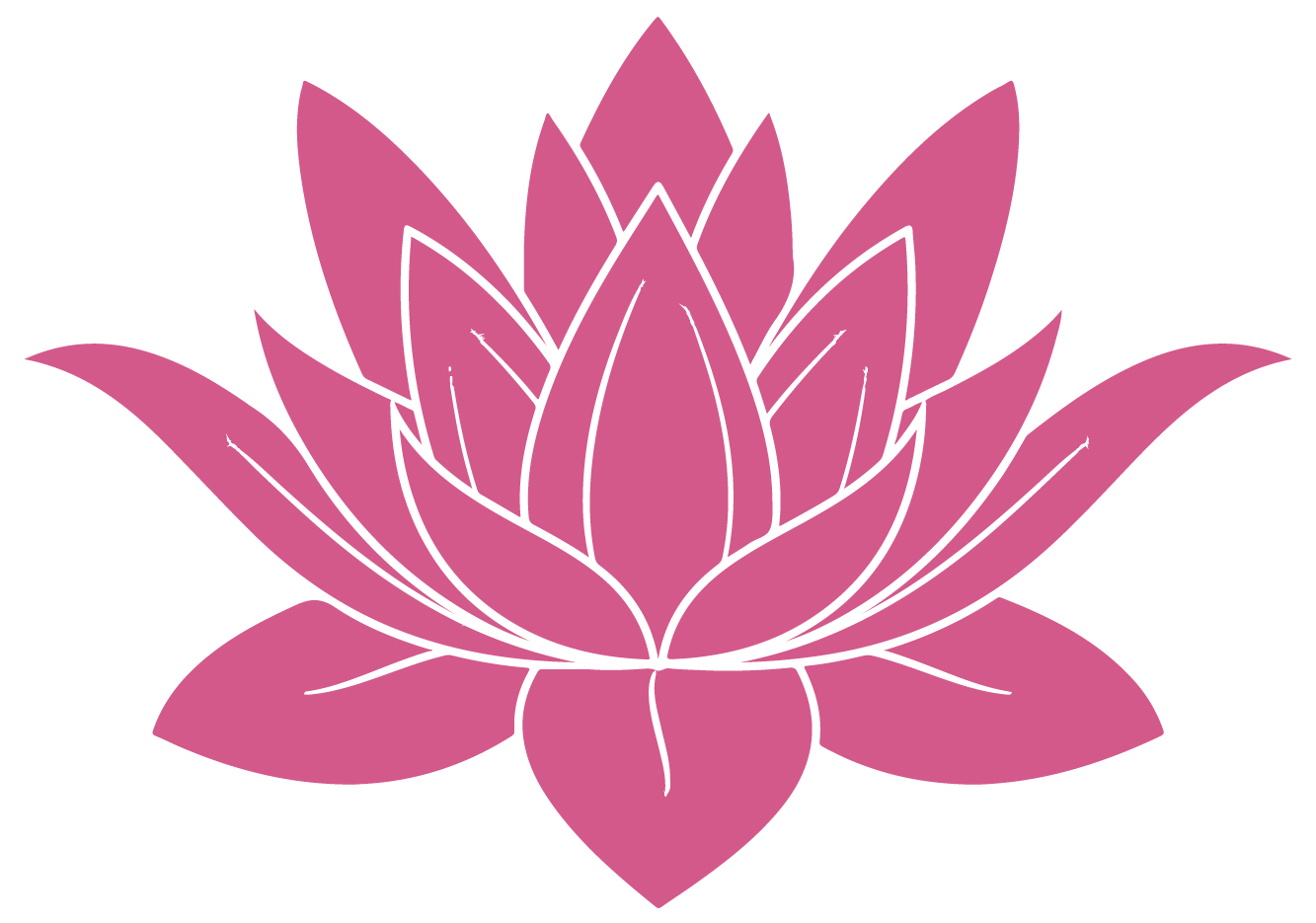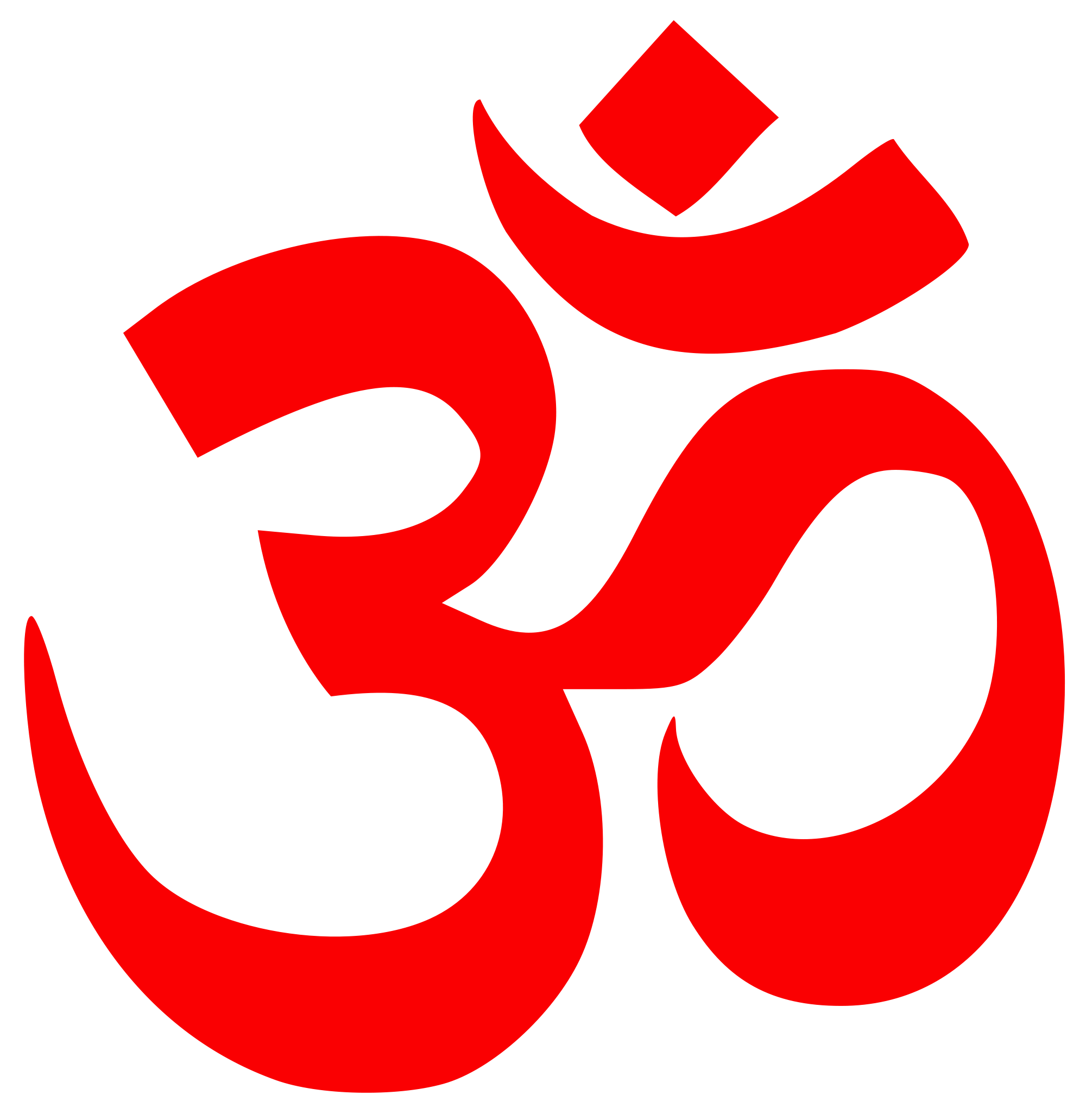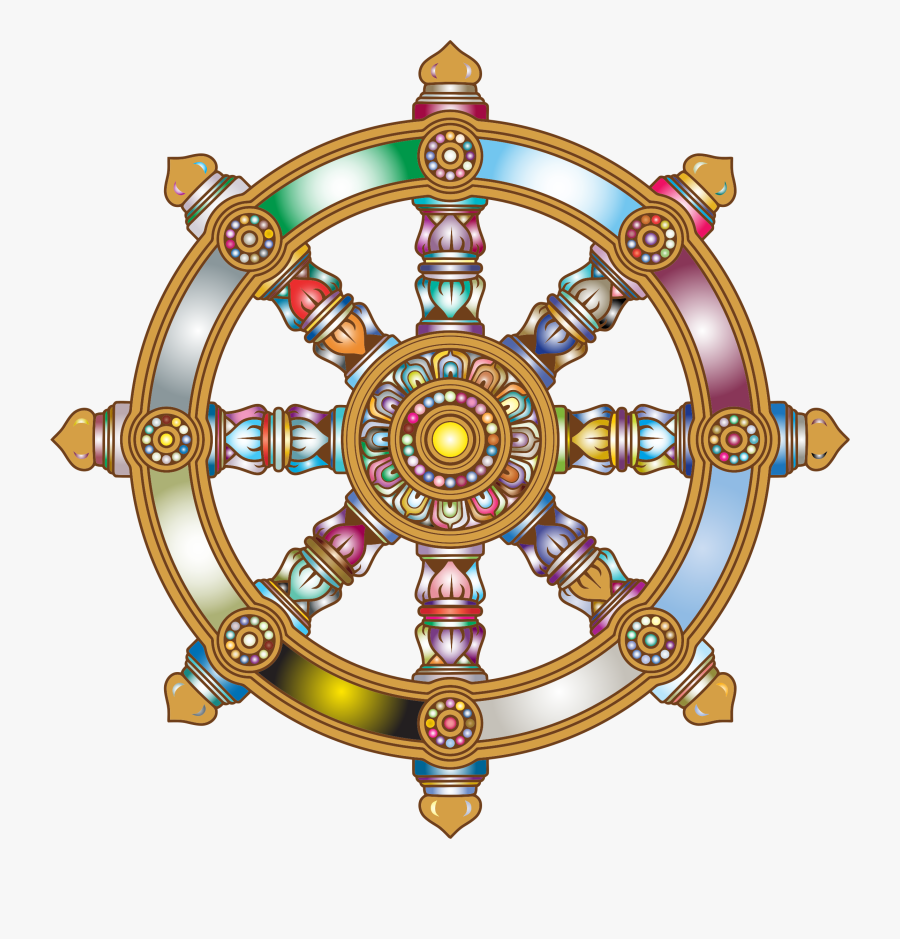
The Om Symbol
The Om symbol, also known as Aum, is a sacred sound and symbol in Hinduism and Buddhism. It represents the essence of the universe and is used during meditation and yoga practices to connect with the divine. The symbol is made up of three curves, a semicircle, and a dot. The curves represent the waking, dreaming, and deep sleep states of consciousness, while the dot represents the fourth state, which is pure consciousness.

The Lotus Flower Symbol
The lotus flower is a symbol of purity, enlightenment, and rebirth in Hinduism and Buddhism. It grows in muddy waters and rises above the surface to bloom into a beautiful flower. The lotus represents the journey from ignorance to enlightenment and the ability to overcome obstacles in life. It is often depicted with other symbols, such as the Buddha or a flame, to represent spiritual growth.
The Swastika Symbol
The swastika symbol is a sacred symbol in Hinduism, Buddhism, and Jainism. It represents good luck, prosperity, and well-being. The symbol is often used in religious ceremonies and is associated with the sun, which represents life and energy. However, in the Western world, the swastika has become associated with the Nazi regime and is seen as a symbol of hate and oppression.

The Ganesha Symbol
Ganesha is a Hindu deity who is often depicted with a human body and an elephant head. He is the god of wisdom, knowledge, and new beginnings. Ganesha is also known as the remover of obstacles and is often worshipped before starting a new venture. His symbol is used in Hinduism as a reminder to overcome challenges and to seek wisdom and knowledge.

The Eight-Spoked Wheel Symbol
The eight-spoked wheel symbol, also known as the dharmachakra, is a symbol of Buddhism. It represents the teachings of the Buddha and the path to enlightenment. Each spoke represents one of the eight-fold path, which includes right understanding, intention, speech, action, livelihood, effort, mindfulness, and concentration. The wheel is often depicted in Buddhist artwork and is a reminder to follow the path to enlightenment.

The Endless Knot Symbol
The endless knot symbol is a sacred symbol in Buddhism. It represents the interconnectedness of all things and the concept of karma. The knot has no beginning or end and is a reminder of the infinite nature of the universe. The symbol is often used in Buddhist artwork and is a reminder to seek wisdom and understanding.

The Mandala Symbol
The mandala symbol is a sacred symbol in both Hinduism and Buddhism. It represents the universe and the interconnectedness of all things. Mandala means "circle" in Sanskrit and is often used in meditation and spiritual practices. The symbol is often used in religious artwork and is a reminder of the infinite nature of the universe and the interconnectedness of all things.

The Vajra Symbol
The vajra symbol, also known as the thunderbolt, is a sacred symbol in both Hinduism and Buddhism. It represents strength, power, and enlightenment. The vajra is often used in religious ceremonies and is associated with the god Indra, who is the king of the gods in Hinduism. In Buddhism, the vajra represents the indestructible nature of the universe and is a reminder to seek enlightenment.
/sb10068888cr-001-58b5a4133df78cdcd88353e6.jpg)
The Wheel of Life Symbol
The wheel of life symbol, also known as the bhavacakra, is a sacred symbol in Buddhism. It represents the cycle of birth, death, and rebirth and the endless suffering that comes with it. The wheel is divided into six sections, each representing a different realm of existence, including the human realm, the animal realm, and the realm of the gods. The symbol is a reminder to seek enlightenment and to break the cycle of suffering.

The Trishula Symbol
The trishula symbol, also known as the trident, is a sacred symbol in Hinduism. It represents the three aspects of the divine, including creation, preservation, and destruction. The trishula is often associated with the god Shiva, who is known as the destroyer of worlds. The symbol is a reminder of the power of the divine and the importance of balance in life.
The Dharma Wheel Symbol
The dharma wheel symbol, also known as the dharmachakra, is a sacred symbol in both Hinduism and Buddhism. It represents the teachings of the Buddha and the path to enlightenment. The wheel is divided into eight sections, each representing one of the eight-fold path. The symbol is often used in religious artwork and is a reminder to follow the path to enlightenment.

The Kalachakra Symbol
The kalachakra symbol is a sacred symbol in both Hinduism and Buddhism. It represents the wheel of time and the concept of impermanence. The symbol is often used in religious artwork and is a reminder to live in the present moment and to seek enlightenment.

The Mudra Symbol
The mudra symbol is a hand gesture used in both Hinduism and Buddhism. It represents various spiritual and emotional states, including meditation, peace, and enlightenment. Mudras are often used during meditation and yoga practices to connect with the divine and to promote healing and balance.

The Tilaka Symbol
The tilaka symbol is a mark worn on the forehead in Hinduism. It represents the third eye, which is associated with spiritual awakening and intuition. The tilaka is often made of sandalwood paste, turmeric, or ash and is a reminder of the divine presence within us.

The Yantra Symbol
The yantra symbol is a geometric pattern used in both Hinduism and Buddhism. It represents the universe and the interconnectedness of all things. Yantras are often used in meditation and spiritual practices to connect with the divine and to promote healing and balance.
The Karma Symbol
The karma symbol, also known as the endless knot, is a sacred symbol in both Hinduism and Buddhism. It represents the concept of cause and effect and the interconnectedness of all things. The symbol is often used in religious artwork and is a reminder to live a virtuous life and to seek enlightenment.

The Dove Symbol
The dove symbol is a sacred symbol in both Hinduism and Buddhism. It represents peace, love, and harmony. The dove is often depicted with other symbols, such as the lotus flower or the Buddha, to represent spiritual growth and enlightenment.

The Eight Auspicious Symbols
The eight auspicious symbols are a group of symbols used in both Hinduism and Buddhism. They represent good fortune, abundance, and prosperity. The symbols include the parasol, the two golden fish, the conch shell, the lotus flower, the banner of victory, the treasure vase, the wheel of dharma, and the endless knot. The symbols are often used in religious ceremonies and are a reminder to seek blessings and good fortune.
/RL001555-56a0c46a5f9b58eba4b3a4e1.jpg)
The Hamsa Symbol
The hamsa symbol, also known as the hand of Fatima, is a sacred symbol in both Hinduism and Islam. It represents protection, good fortune, and blessings. The symbol is often used in religious artwork and jewelry and is a reminder to seek blessings and protection from the divine.
The Om Mani Padme Hum Symbol
The Om Mani Padme Hum symbol is a mantra used in both Hinduism and Buddhism. It represents compassion, wisdom, and enlightenment. The mantra is often chanted during meditation and is a reminder to seek compassion and understanding.